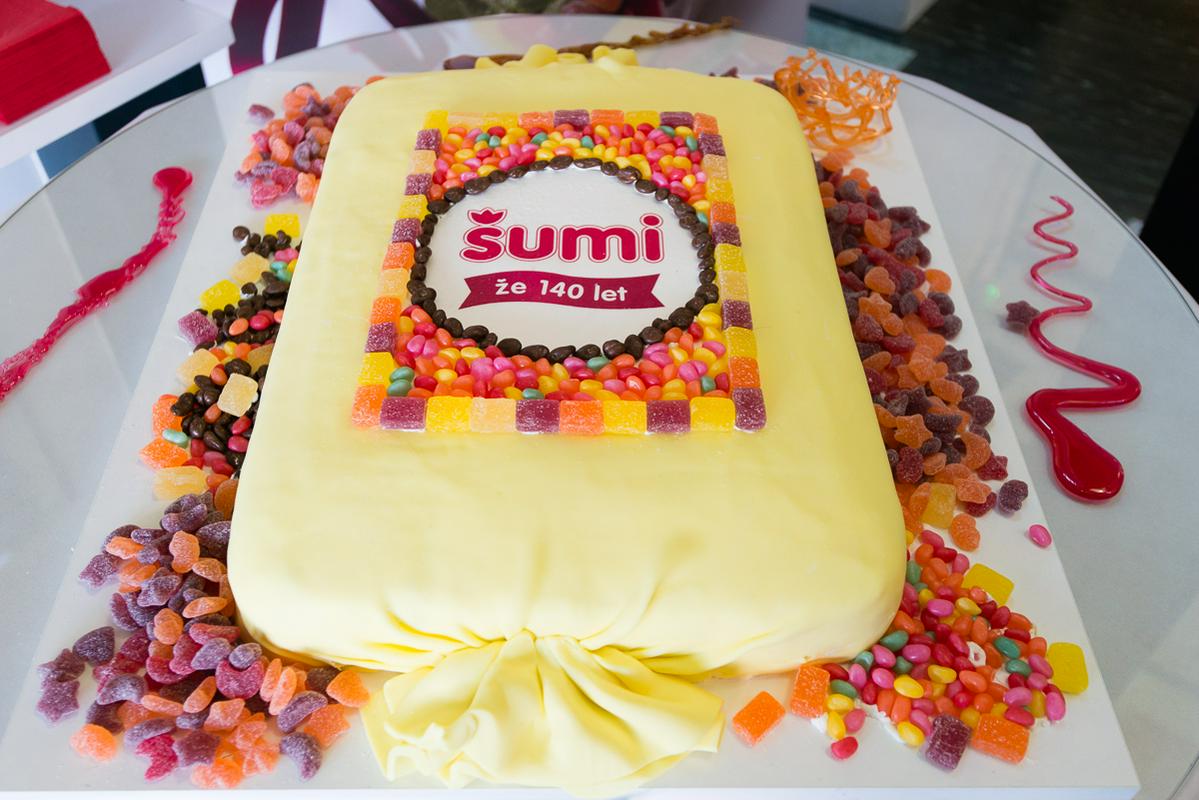
The exhibition will be on view until the 17th January at the Slovenian Ethnographic Museum. It will guide visitors through the rich history of the first and so far only Slovenian factory with a wide range of candies.
It began in Ljubljana, produced today in Krško
The brand goes back to 1876, when Franc and Josipina Šumi opened a confectionery at the Congress Square in Ljubljana. Their wide range of candies, chocolate, cakes, jams, raspberry juice and other sweets were all hand-made. The speakers at today's official opening of the exhibition explained that it was not until 1964 that the hands were replaced by machines.
"Šumi operated at six different locations during its 140 years of tradition," stressed Janez Bojc, the general director of the Žito company. "The company had been manufacturing its first gummy sweets since 1888 – which is way before today's competing companies were established." For example, the Haribo Company was founded in 1920 and its most famous gummy bears were created a couple of years later. Their production started only after WWII.
"It was always considered a progressive company"
In 1923 the company with 30 employees produced around 400 tons of sweets annually. Today, this number has increased to more than 5.000 tons per year. Mr. Bojc announced new investments in the Šumi candies so that they remain to be "the best choice for indulgence and pleasure".
The company was the instigator of this exhibition, which was prepared by Adela Pukl and Miha Špiček from the Slovenian Ethnographic Museum. On display are several original exhibits, different wrappings, as well as documentary materials and TV and newspaper advertisements. The authors of the exhibition highlight two of the company's best commercials: the one for the High C candies, created by renowned Slovenian artist Miki Muster, and the advertisement for Fru Fru, created by director Jaka Judnič in 1982.
A chandelier made from more than 400 candies
One of the exhibition's central features is an ingenious installation in the form of a chandelier. 4,500 Šumi candies were used for this installation, which weighs 27 kg. 11 people spent 45 hours sewing the chandelier.

































































